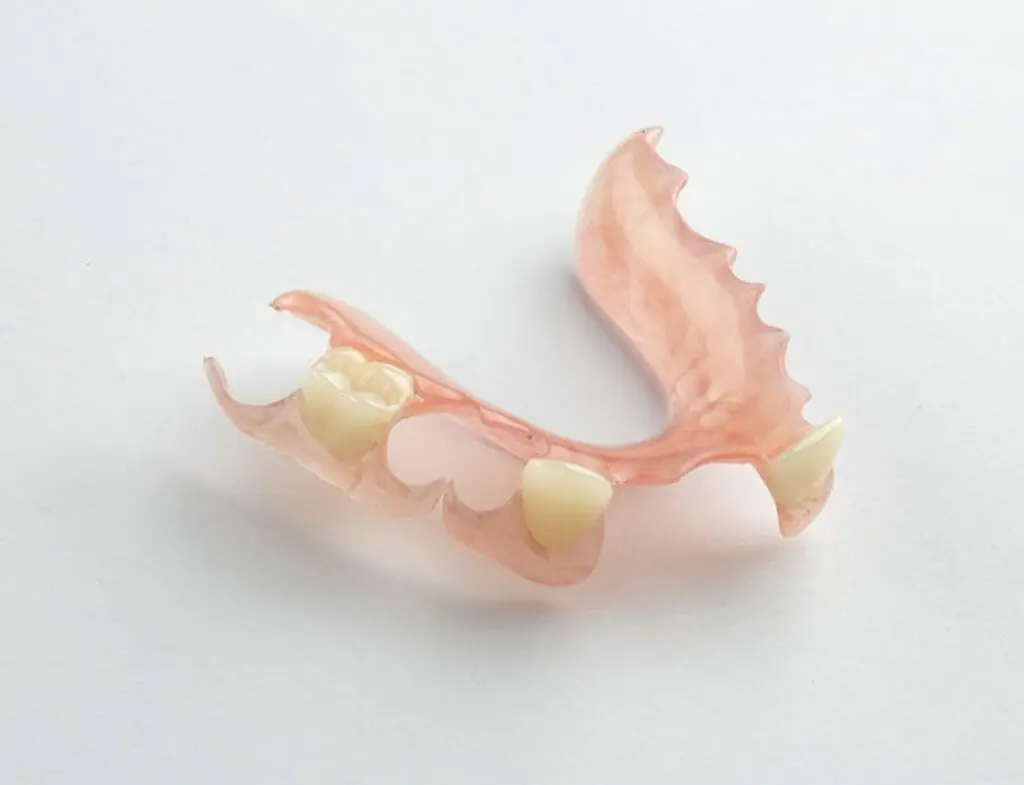Having a missing tooth, whether it’s one or all, can be a critical problem. Perhaps you won’t be able to laugh properly in front of your friends or social circle. Perhaps you won’t be able to chew your food effectively, resulting in major health problems. If you have not replaced your missing tooth for a long time, your jawline may begin to resorb, causing your cheeks to appear hollow and saggy. It can negatively impact the structure of your face and make you look older. Missing teeth can result from severe tooth cavities, broken teeth, infections, accidents, trauma, and biological health issues. Though it’s common, it doesn’t imply that one should leave it as is. Dentists advise that after tooth extraction and proper healing of the gums, one should get dentures or an artificial tooth treatment to fill the empty space as soon as possible.
If you had one, two, or multiple teeth extracted, you must consider several tooth replacement options that suit your budget, needs, and specific conditions. You can weigh the pros and cons of these options and then decide which will be the best fit for you. If you think the decision should be left to a doctor, you should visit a nearby dental clinic or dentist in Kokomo, Indiana to help you with this.
What Are My Options for Tooth Replacement?
If you had one front tooth removed, two consecutive teeth removed, a wisdom tooth removed, rear teeth removed, or multiple teeth removed, your options may fall into four main categories: Do Nothing, Get Dentures, Dental Implants, and Dental Bridges.
- Do Nothing: Dentists and dental procedures might seem scary, and you may cause severe anxiety and dental phobia. The viable option after getting your tooth removed is to leave the void and do nothing about it. However, this can be tricky; if you leave the void for too long, there might be a high chance that the surrounding gums and jawline will begin to resorb due to the lack of stimulation. The adjacent teeth might shift or fall out, making the void smaller, and over time, it will get shrunken. This will affect your biting and chewing habits and can create problems while adjusting bite pressure across the teeth. Later on, your dentist might have to perform bone grafting, which is more expensive and uncomfortable.
- Dentures: Dentures are a well-established and popular method; they are artificial teeth tailored to fit the shape and surrounding area of your missing tooth. They can be easily removed for cleaning and washing purposes. While not as stable as dental implants or bridges, they can be great for people with low budgets and scarce bone density. The downside of partial and full dentures is that they can become loose easily since they are not anchored to the jawline, making it difficult to talk and eat food initially. Upper dentures can feel a little bulky, and people sometimes feel shy and embarrassed to speak in public, thinking their dentures might fall out. With time, they need to be replaced due to modifications in the shape of your mouth; plus, the metal clasps have to be relined to ensure a perfect fit with your gum line. Although dentures may cause some discomfort at first, they are quite handy, affordable, and do not cause severe pain. If you are missing a single tooth, particularly in the back, getting a denture could be a wise decision.
- Dental Implants: In this procedure, a metal post made of titanium is inserted into your jawbone beneath your gums to provide a core base for an artificial tooth placed on top of it. They are costly and have a longer lifespan. They mimic real teeth in appearance and stop bone loss by stimulating the area between the gums and jawline.
- Dental Bridges: The dentist reduces the neighboring teeth to make space for a cap, which is made by joining three adjacent dental crowns: two at the ends and one false tooth in the middle. This is better if the adjacent teeth are damaged. However, if not, there might be a high chance that the doctor will grind or reduce the adjoining teeth to make room for the dental bridge, which may create further problems later.


